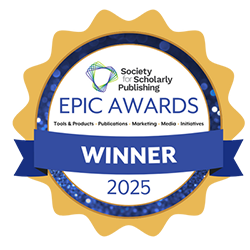The relationship of public investments in science and scientometric indicators from the perspective of Croatian universities
DOI:
https://doi.org/10.48188/so.3.4Keywords:
EU27, investment in science, GERD, scientific priductivity, scientometric indicatorsAbstract
Aim: This study addresses the hypothesis that the investments in science are positively correlated with the indicators of productivity and performance of the universities.
Methods: A cross-sectional design was used with the data from 27 EU countries. The percentage of GDP invested in science in higher education in 2019 and investments expressed as €/inhabitant were used. The criterion variables were total number of publications in Web of Science for 2020; number of publications categorized as article, review or note (ARN); change in the number of publications compared to 2016 in total and for Organisation for Economic Co-operation and Development (OECD) research areas; productivity per inhabitant; productivity per researcher; productivity per researcher in higher education system; and number of Academic Ranking of World Universities (ARWU) TOP1000 universities per inhabitant. Descriptive data and Pearson and Spearman correlations were calculated. Additionally, partial Spearman correlations for detailed examinations were used.
Results: Most of the productivity indicators were positively correlated to the investment in science. The absolute investment in science in €/inhabitant is more important than investment expressed as the percentage of GDP. Unexpectedly, the correlations between investments and the growth rate in productivity were negative indicating that the less developed countries have achieved a larger growth in productivity in the examined 5-year period.
Conclusion: The results indicate that the investments in science as the percentage of GDP is important, but the absolute amount of money also has an important role in the prediction of scientific productivity. However, since the absolute amount of investments is limited in the less developed countries, they should be more focused on building the strategies that capitalize on specific strengths and potentials. This further accentuates the need for science policy change in Croatia with the strategic focus on aligning the resources to the expected results.
Downloads
Published
License
Authors retain copyright and grant the journal right of first publication with the work simultaneously licensed under a Creative Commons Attribution (CC-BY) 4.0 License that allows others to share the work with an acknowledgment of the work’s authorship and initial publication in this journal.







